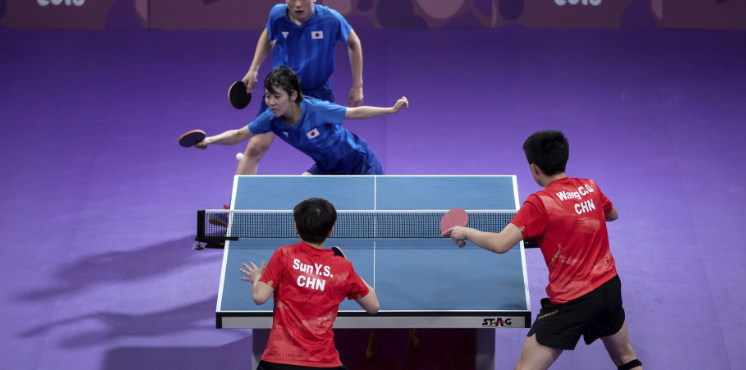6. Volleyball
Volleyball is probably the most energy-intensive sport on this list, but because it is often played on the beach in swimsuits, it has earned a special place on the list of sports.
Playing volleyball requires you to perform many typical poses such as jumping, squatting, moving Quick and turn around to catch the ball. This course will help you improve your hand-eye coordination, and your hands and feet will be more flexible.
Volleyball also helps you focus, strengthen social relationships, build muscle, and burn 585 calories after 45 minutes. In addition, according to a 2007 study by The Activities, Adaptation and Aging Journal, “volleyball in the chair” also has a positive effect on the lives of older people.
7. Inline skating
Whether you prefer Gene Kelly’s elegant pattin skating or bunker roller derby, surfing on wheels always attracts a wide range of subjects with different interests.
Inline skating helps muscular systems, stretch the muscles and is beneficial for the heart. An hour of rollerblading will help a person weighing about 150 pounds to burn nearly 500 calories.
If you like running but are afraid of affecting your knees, rollerblading is the perfect choice for you. A study by The University of Massachusetts showed that rollerblading affects the knee joint by up to 50% less than running.
In a Roller derby match, two rollerblading players, called “jammer” (goalscorers) of the two teams will have to wriggle to avoid a series of blockers (aka defensive players) find a way chasing them.
8. Table tennis

Although basically, you only stand still when playing table tennis, but actually this is very useful for the operation of the cardiovascular system. Besides, playing table tennis will help improve reflexes, enhance internal strength for the body and flexibility for all joints, your health will improve over time.
In addition, because it requires quick thinking and a combination of hands and eyes, playing table tennis will help stimulate brain activity.
According to Dr. Wendy Suzuki, an expert in neurology and psychology at New York University, playing table tennis helps us improve motor function, strategic thinking and enhance long-term memory. According to him, table tennis stimulates the activity of the parts of the brain responsible for movement and planning.



